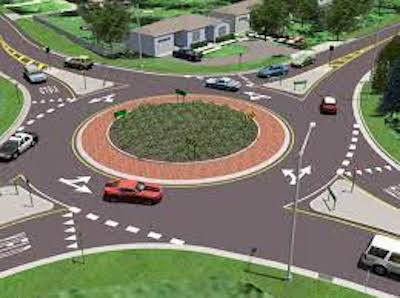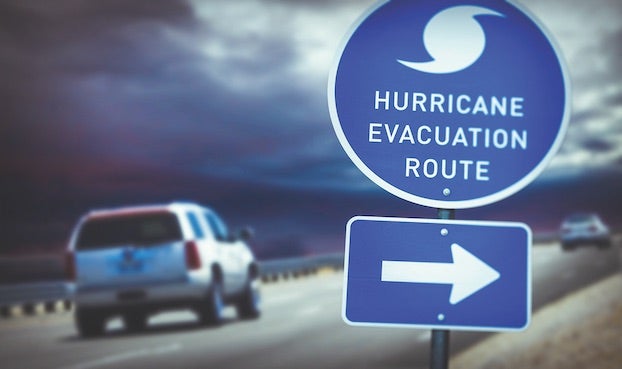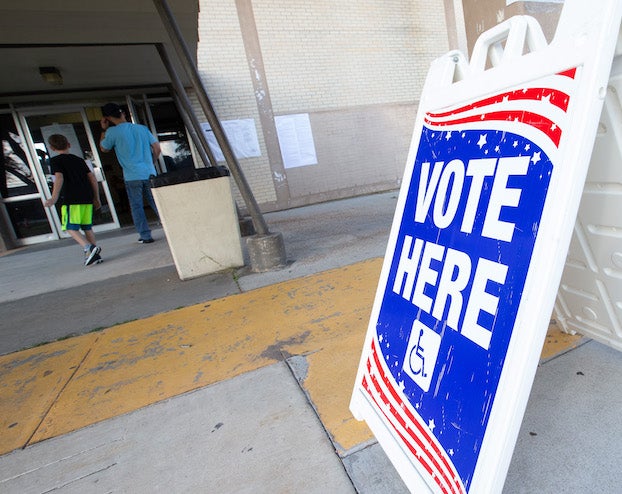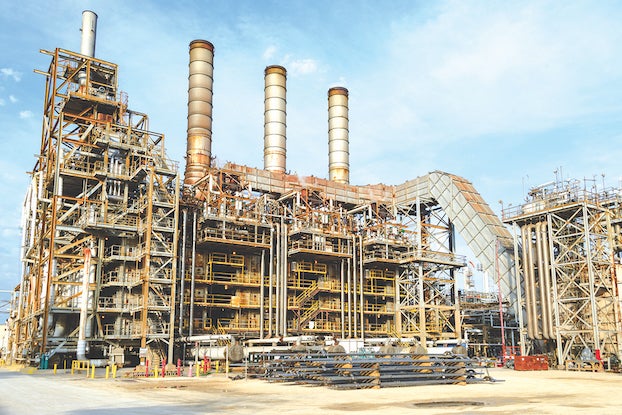Jim Beam column: Look for more roundabouts
Published 6:45 am Sunday, September 25, 2022

- Traffic roundabouts are quickly becoming common in Louisiana and in Calcasieu Parish.civilmint.com
Traffic roundabouts have become one of the best highway innovations to come along in this country in many years. The Federal Highway Administration (FHA) in a report titled “Public Roads — Autumn 1995” said yield-at-entry is the most important operational element of a modern roundabout.
My first experience with roundabouts came during a vacation in Boston a few years back. The GPS, after dark, told me to take the second exit of a roundabout but I couldn’t tell which roads were exits or entrances. The GPS eventually got me to the airport, but it wasn’t easy.
I have made it through traffic circles during my lifetime, but the FHA says they are different. Circulating traffic always keeps moving in a roundabout but comes to a dead stop in a traffic circle when it fills with entering vehicles.
The roundabout works well with heavy traffic but a traffic circle breaks down with heavy traffic. No weaving distance is necessary in a roundabout because they are compact, but long weaving distances for merging entries causes traffic circles to be large.
The FHA said the first modern American roundabouts were built in the spring of 1990 in Summerlin, a rapidly growing planned community on the west side of Las Vegas.
One of the first busy roundabouts here was the one at Cove Lane at West Prien Lake Road. Some drivers complained that drivers in cars behind them were blowing their horns while they waited for traffic within the roundabout to clear. Now that drivers have had more experience with roundabouts, that doesn’t seem to be a problem.
John S. Bruce, parish engineer with the Calcasieu Parish Police Jury, gave me a good update on the current state of roundabouts in this area. He said there are at least seven roundabouts built by multiple jurisdictions within the parish that are already in use. Two others are under construction.
Bruce said there are six additional intersections that are under study for improvements and installation of a roundabout at each location is an option.
“Well-designed roundabouts placed in selected locations can improve the intersection aesthetics, safety, and operations,” Bruce said. “Aesthetic improvements are achieved through reductions in the amount of pavement and overhead utilities and signage, as well as the introduction of landscaping opportunities.”
Bruce said safety is achieved through a reduction of speeds approaching and within the intersection and the reduction of conflicting movements such as left turns. He said the National Cooperative Highway Research Program, nationwide, says conversion to roundabouts from all types of four-way intersections has resulted in a 35 percent reduction in crash rates and a 76 percent reduction in severe injury rates.
Roundabouts are coming here at a good time. The local traffic situation has become extremely hazardous because of growth. Long lines of vehicles are causing many drivers to turn left on red lights or drive through intersections after the light turns red. The FHA said that doesn’t happen with roundabouts when compared to four-way intersections.
Some drivers here are also speeding through school zones or exceeding the speed limits on streets where the limits are already 40 mph, 45 mph or 50 mph. There appears to be a lack of traffic control by police and other law enforcement agencies, and perhaps that is because they are engaged in trying to curb more serious crimes.
The state Department of Transportation and Development opened the first modern roundabout at La. 93 and Ridge Road in Lafayette in September 2003, according to a report in The Advocate. Some 174 more roundabouts have been built in Louisiana.
While roundabouts have many pluses, there are some downsides. Some roundabouts could benefit from streetlights to avoid certain kinds of off-road crashes at night, the newspaper said. Also, business owners don’t like giving up land near roundabouts or losing access to traffic flow.
An interstate truck driver said he doesn’t like roundabouts because other cars that are supposed to yield will often try to cut in front of his rig as he moves through the circle.
The FHA said the positive safety gains outweigh the disadvantages of roundabouts. It said other features on most roundabouts include splitter islands at all approaches (to control entry speed and deter left turns), good sight distance, good lighting, good signing, no crosswalks across the circulatory roadway, yield lines downstream of the pedestrian crossings and no parking in the roundabout.
Everyone I spoke with about roundabouts told me getting used to them was a problem at first, but they like them and are convinced they are saving time and lives and reducing injuries.





